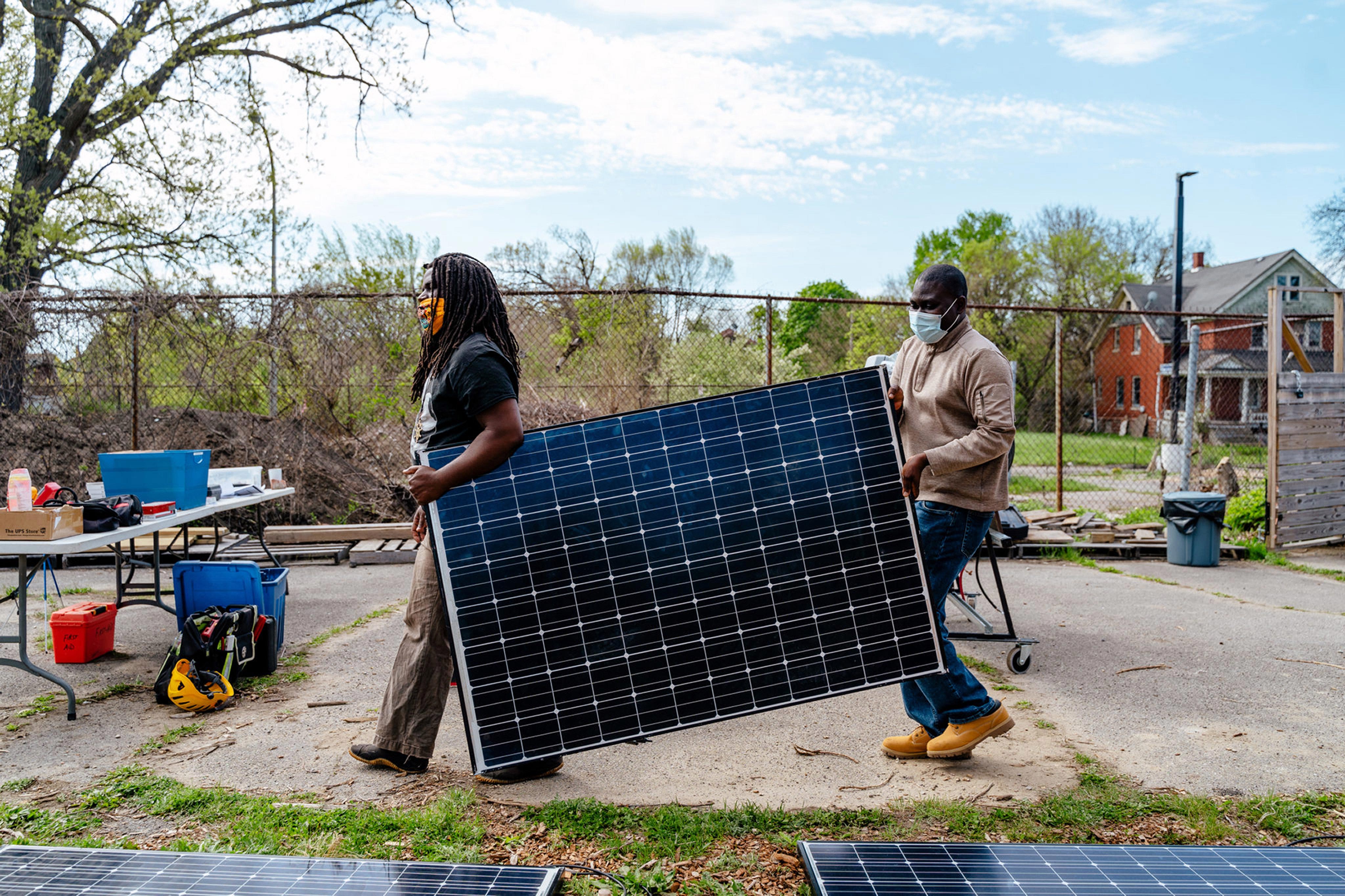It is not normal weather. They demonstrate that quite clearly on page 1
View attachment 858439
Climate change presents risks while action to limit warming and reduce risks presents opportunities for the US.
FIGURE 1.1. (
top left) Changes in multiple aspects of climate are apparent in every US region. The five maps present observed changes for five temperature, precipitation, and sea level rise metrics: 1) warming is apparent in every region (based on changes in annual average temperature in 2002–2021 compared to the 1901–1960 average for the contiguous United States, Hawaiʻi, and Puerto Rico and to 1925–1960 for Alaska); 2) the number of warm nights per year (days with minimum temperatures at or above 70°F in 2002–2021 compared to 1901–1960) is increasing everywhere except the Northern Great Plains, where they have decreased, and in Alaska, where nights above 70°F are not common; 3) average annual precipitation is increasing in most regions, except in the Northwest, Southwest, and Hawai‘i, where precipitation has decreased (same time periods as annual average temperature); 4) heavy precipitation events are increasing everywhere except Hawai‘i and the US Caribbean, where there has been a decrease (trends over the period 1958–2021); and 5) relative sea levels are increasing along much of the US coast except in Oregon, Washington, and Alaska, where there is a mix of both increases and decreases (trends over 1990–2020). {
2.2,
9.1; Figures
2.4,
2.5,
2.7,
2.8}
(
top center) Every fraction of a degree of additional warming will lead to increasing risks across multiple sectors in the US (see Table
1.2 and “Current and Future Climate Risks to the United States” below). Without rapid, substantial reductions in the greenhouse gases that cause global warming, these climate risks in the US are expected to increase.
(
top right) People born in North America in 2020, on average, will be exposed to more climate-related hazards compared to people born in 1965. How many more extreme climate events current generations experience compared to previous generations will depend on the level of future warming. {Figure
15.4}
(
bottom left) This climate stripes chart shows the observed changes in US annual average surface temperature for 1951–2022 and projected changes in temperature for 2023–2095 for five climate scenarios, ranging from a very high scenario, where greenhouse gas emissions continue to increase through most of the century, to a very low scenario, where emissions decline rapidly, reaching net zero by around midcentury (see Figure
1.4 and Table
3 in the
Guide to the Report). Each vertical stripe represents the observed or projected change in temperature for a given year compared to the 1951–1980 average; changes are averaged over all 50 states and Puerto Rico but do not include data for the US-Affiliated Pacific Islands and the US Virgin Islands (see also Figure
1.13).
(
bottom right) Although climate benefits from even the most aggressive emissions cuts may not be detectable before the middle of the century, there are many other potential near-term benefits and opportunities from actions that reduce greenhouse gas emissions. {
2.3,
8.3,
10.3,
13.3,
14.5,
15.3,
19.1,
31.3,
32.4}
Figure credits: (top left, top center, top right, bottom right) USGCRP, USGCRP/ICF, NOAA NCEI, and CISESS NC; (bottom left) adapted from panel (c) of Figure SPM.1 in
IPCC 2023.

 nca2023.globalchange.gov
nca2023.globalchange.gov

